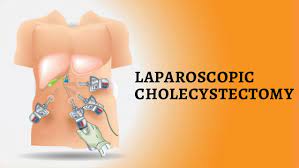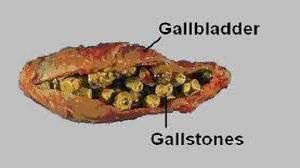Mastering TAPP Hernia Repair: A Stepwise Laparoscopic Approach
Add to
Share
11 views
Report
1 day ago
Description
Transabdominal Preperitoneal (TAPP) inguinal hernia repair represents one of the most refined and effective techniques in modern minimally invasive surgery. At World Laparoscopy Hospital (WLH), this procedure is not just performed—it is mastered and taught with precision. Under the visionary guidance of Dr. R. K. Mishra, surgeons from across the globe learn the art and science of laparoscopic hernia repair through an evidence-based, step-by-step approach. Understanding the TAPP Technique TAPP hernia repair involves entering the peritoneal cavity laparoscopically to access the preperitoneal space, where the hernia sac is identified, dissected, and repaired with mesh reinforcement. Unlike open surgery, this method minimizes trauma, enhances recovery, and ensures a faster return to normal activity—making it a preferred choice among skilled laparoscopic surgeons. Step-by-Step Laparoscopic Dissection at WLH 1. Patient Positioning and Port Placement The patient is placed in the supine Trendelenburg position, allowing the intestines to fall away from the operative field. At WLH, the port placement follows a standardized, ergonomic pattern—one umbilical port for the camera and two lateral working ports—to ensure optimal triangulation and visibility. 2. Peritoneal Incision A precise peritoneal incision is made above the hernia defect using laparoscopic scissors. This careful dissection, demonstrated live by WLH faculty, helps in developing the preperitoneal space while protecting vital structures such as the inferior epigastric vessels. 3. Hernia Sac Identification and Reduction The hernia sac—whether direct, indirect, or femoral—is identified and gently reduced. Traction and counter-traction techniques are used to separate the sac from the cord structures. The focus remains on meticulous dissection to avoid injury to the vas deferens and testicular vessels. 4. Dissection of the Myopectineal Orifice Trainees at WLH learn to expose the Myopectineal Orifice of Fruchaud—the critical anatomical area where all types of groin hernias originate. This comprehensive dissection ensures that the entire defect zone is covered later by the mesh, preventing recurrence. 5. Mesh Placement and Fixation A large, lightweight polypropylene or self-fixating mesh is placed to cover the entire myopectineal orifice. Depending on the case, tackers or glue are used for fixation. At WLH, emphasis is placed on correct mesh orientation, smooth deployment, and avoiding wrinkles or folds that can lead to chronic pain. 6. Peritoneal Closure Finally, the peritoneum is sutured or closed with absorbable tacks to isolate the mesh from intra-abdominal organs. This step restores peritoneal integrity and completes the procedure elegantly. Training Excellence at WLH At World Laparoscopy Hospital, the TAPP repair is taught through high-definition 3D demonstrations, virtual reality simulators, and live surgical sessions. Each surgeon practices under expert supervision, mastering safe dissection, mesh handling, and ergonomic instrument use. The training integrates theory, simulation, and real-time surgery, creating confident, competent laparoscopic hernia surgeons. Advantages of the WLH Approach Global Standardized Technique: Based on international guidelines with practical refinement. Comprehensive Anatomy Understanding: Detailed exploration of inguinal floor anatomy. Hands-On Learning: Step-by-step mentorship in real surgical environments. Patient-Centered Outcomes: Focus on minimal pain, early discharge, and durable repair. Conclusion The TAPP Inguinal Hernia Repair performed and taught at World Laparoscopy Hospital is a benchmark in laparoscopic excellence. Each dissection step reflects precision, anatomical mastery, and surgical artistry—turning a complex procedure into a reproducible, safe, and elegant operation. WLH continues to empower surgeons worldwide, transforming the future of hernia surgery through innovation, education, and excellence in minimally invasive care.
Similar Videos






